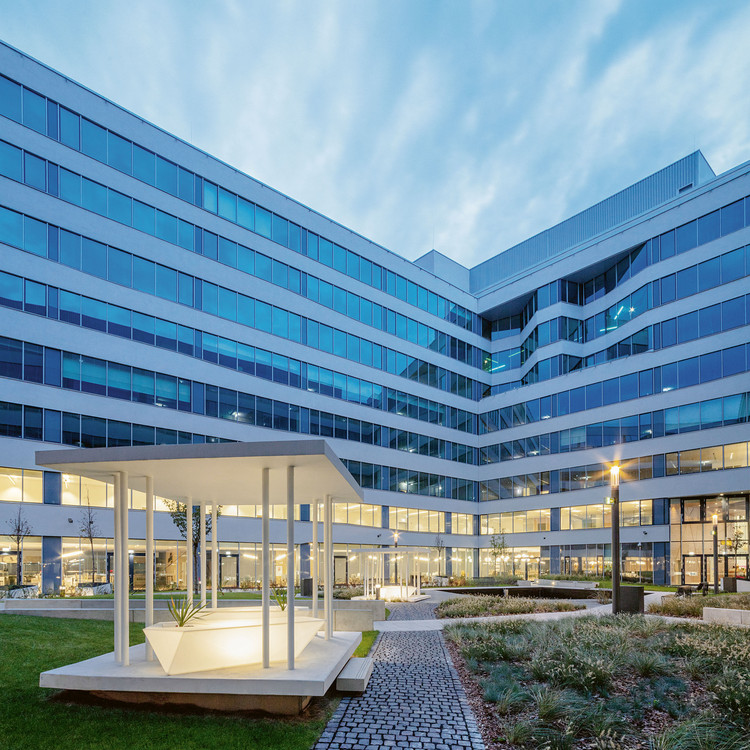
One of our responsibilities as architects is to understand how to implement strategies into our designs that consider the people who inhabit the spaces, our natural resource consumption, and ensuring these projects are profitable. All of this can be achieved through three main goals: Reducing our carbon footprint, creating healthy workplaces, and the design of efficient and profitable buildings.
















